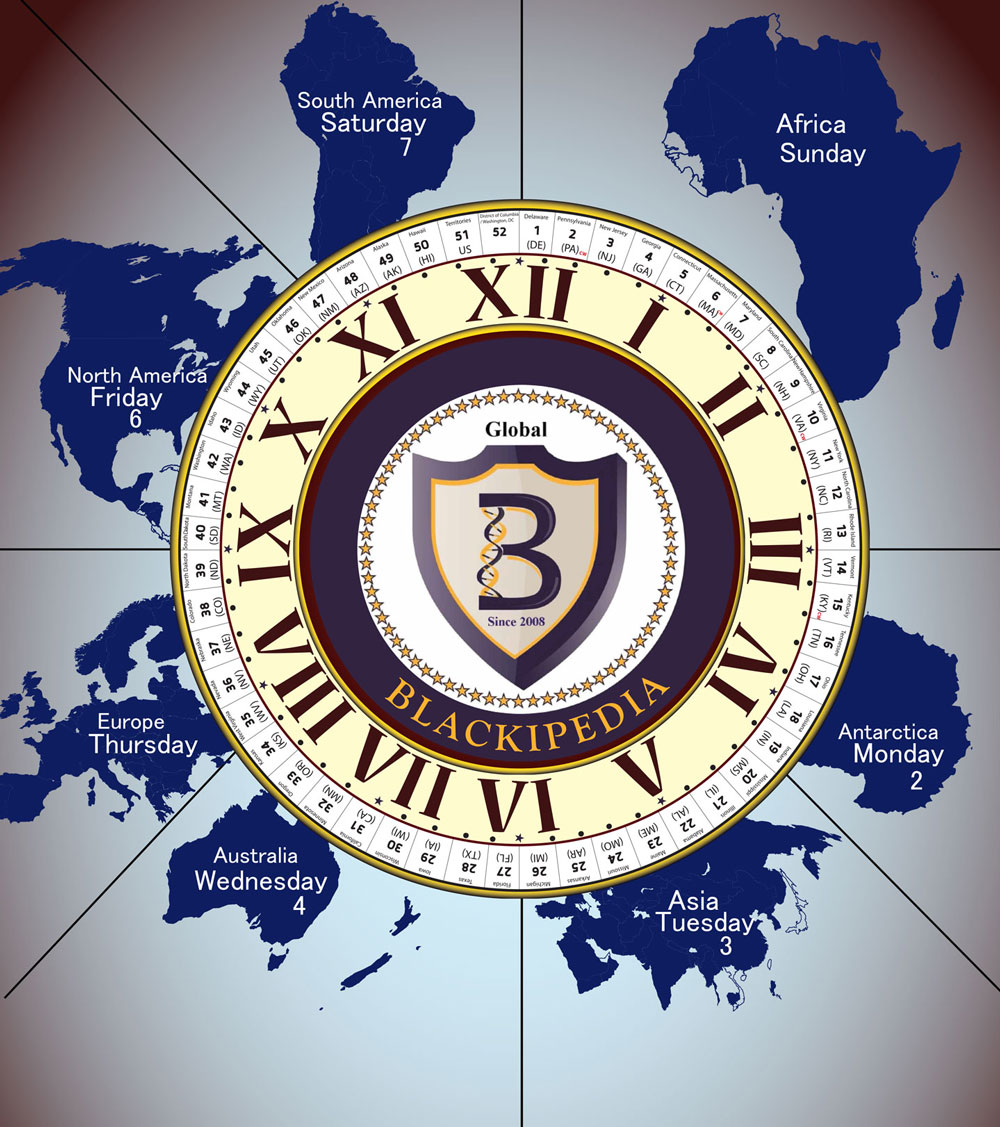Harriet Tubman, one of the most well known enslaved African Americans who escaped slavery and became a conductor for the Underground Railroad was born in Dorchester County, Maryland in 1820. Not only was Harriet an activist, a woman’s suffrage supporter, a nurse, and about 70 years after Maryland entered the Union, Harriet became a spy for the Union which was during the Civil War. Her name at birth was, Araminta “Minty ” Ross, given to her by her mother Harriet “Rit ” Green and father, Benjamin Ross. Her mother worked as a cook in the plantation’s “big house,” and her father was a timber worker, together they had 9 children. Tubman had eight brothers and sisters, but the realities of slavery eventually forced many of them apart.
When Harriet was five years old, she was rented out as a nursemaid. Tubman was later used as field hand, a cook, and a woodcutter. Harriet’s desire for justice became apparent at age 12 when she spotted an overseer about to throw a heavy weight at a fugitive. Harriet stepped between the enslaved person and the overseer—the weight struck her head, leaving her with a lifetime of severe headaches and narcolepsy.
Around 1844 she married a free black named John Tubman and took his last name, while also changing out her first name to honor her mother. In 1849, in fear that she, along with the other slaves on the plantation were going to be sold, Tubman resolved to run away; leaving behind her husband (who refused to leave), parents, and siblings. On September 17, 1849 Harriet escaped the Maryland plantation, with the help of the Underground Railroad she persevered and traveled 90 miles north to Pennsylvania and freedom. Tubman found work as a housekeeper but she wasn’t satisfied living free on her own, and wanted freedom for her loved ones, too.
The following year she returned to Maryland, using the Underground Railroad, and escorted her sister and her sister’s two children to freedom. She made the dangerous trip back to the South soon after to rescue her brother and two other men. On her third return, she went after her husband, but found out that he had gone on to marry a free African American woman. Undeterred, she found other slaves seeking freedom and escorted them to the North.
Legendary tales have been told that Tubman created the Underground Railroad, however these tales are not true; it was established in the late eighteenth century by abolitionists both, African Americans and white. However, Tubman benefitted from this network of escape routes and safe houses using it many times to return to the South, and helped dozens of people escape. Her success led slaveowners to post a $40,000 reward for her capture or death.
The railroad’s most famous conductor, Tubman became known as the “Moses of her people.” It has been said that she never lost a fugitive she was leading to freedom. Tubman had made the perilous trip to slave country 19 times by 1860, and helped approximately 60 enslaved African Americans escape, including her parents.
When the Civil War began, Tubman worked for the Union Army, first as a cook and nurse, and then as an armed scout and spy. The first woman to lead an armed expedition in the war, she guided the raid at Combahee Ferry, which liberated more than 700 enslaved people. As a Union spy and scout, Tubman often transformed herself into an aging woman. She would wander the streets under Confederate control and learn from the enslaved population about Confederate troop placements and supply lines. Tubman helped many of these individuals find food, shelter, and even jobs in the North. She also became a respected guerrilla operative. As a nurse, Tubman dispensed herbal remedies to black and white soldiers dying from infection and disease.
After the war, she retired to the family home on property she had purchased in 1859 in Auburn, New York, where she cared for her aging parents. She was active in the women’s suffrage movement until illness overtook her, and she had to be admitted to a home for elderly African Americans that she had helped to establish years earlier.
After the war, Tubman married a Union soldier by the name of Nelson Davis who also was born enslaved, and was more than twenty years her junior. Residing in Auburn, New York, she cared for the elderly in her home and in 1874, the Davis’ adopted a daughter. After an extensive campaign for a military pension, she was finally awarded $8 per month in 1895 as Davis’s widow (he died in 1888) and $20 in 1899 for her service. In 1896, she established the Harriet Tubman Home for the Aged on land near her home. Tubman died in 1913 and was buried with military honors at Fort Hill Cemetery in Auburn, New York.
Resources:

